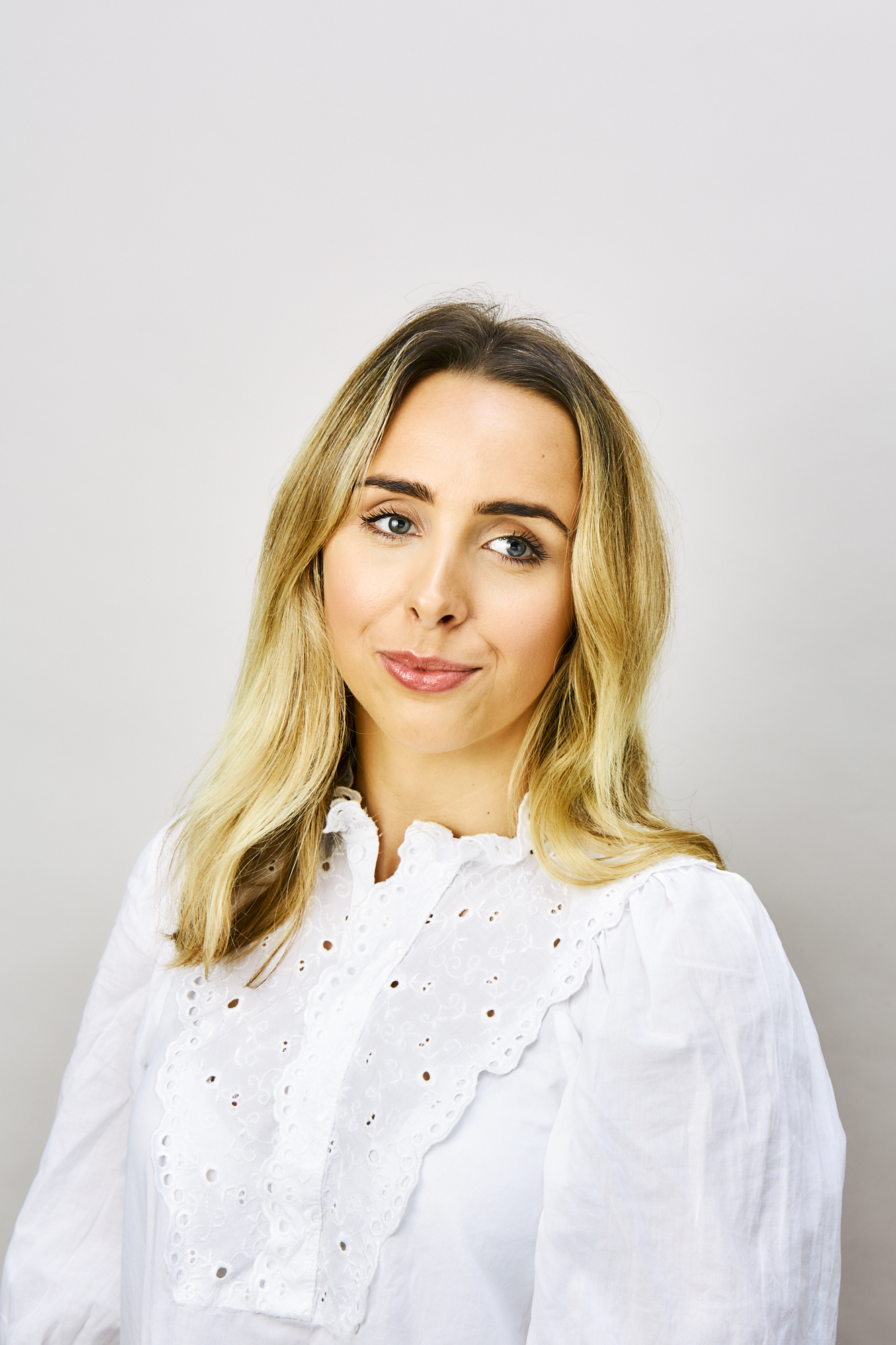How often should you dry brush? Beauty experts reveal all
It’s the secret to smooth, glowing skin – but how often should you dry brush and can you overdo it?
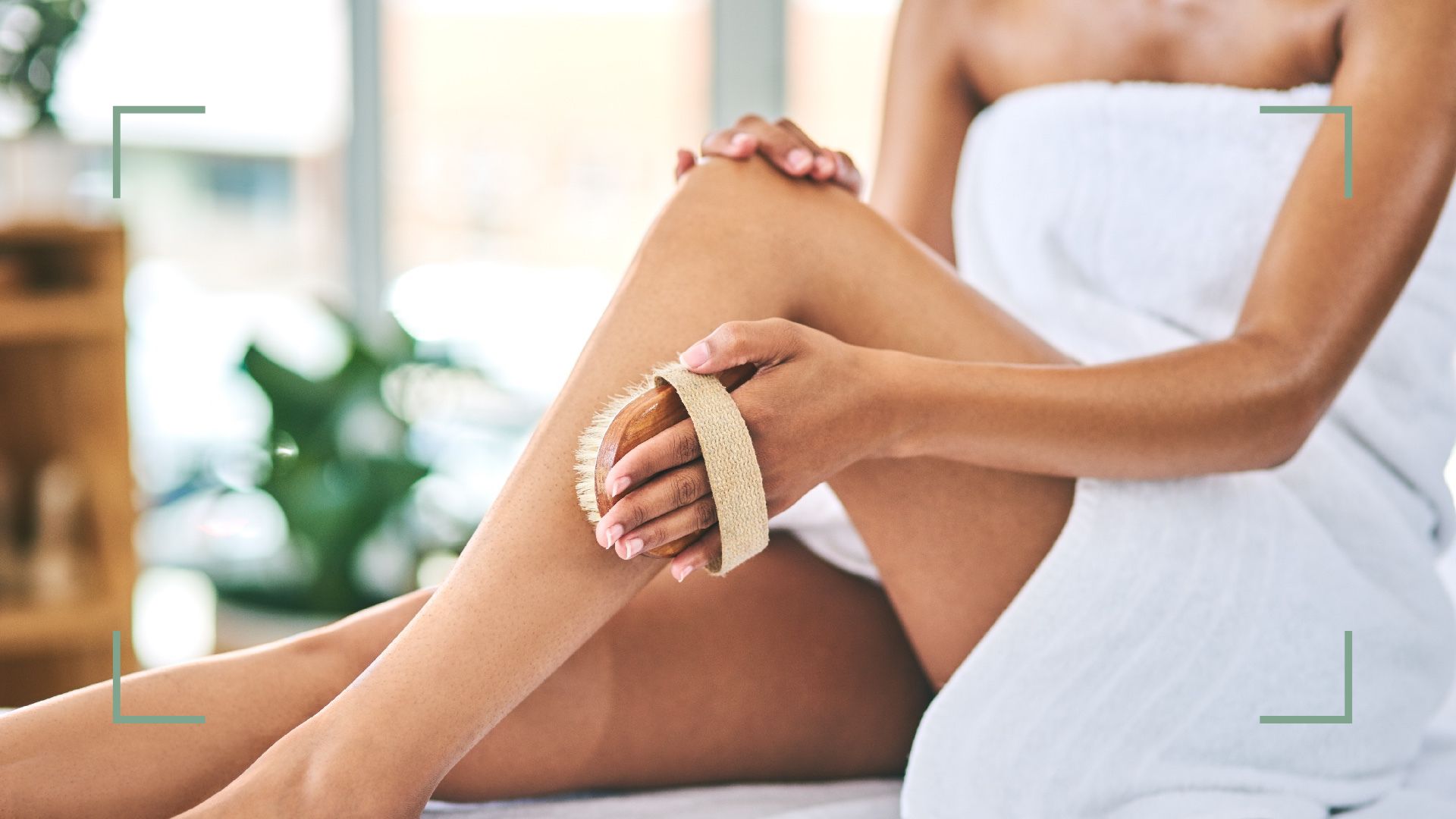

Beauty experts have been encouraging us to do it for years, but how often should you dry brush?
An age-old technique, dry brushing has been known as one of the best body exfoliator methods for centuries. Now it’s having a resurgence with Google searches for ‘dry body brush benefits’ up 130% in the past 12 months. “Dry body brushing is a form of exfoliation that utilizes a brush on dry skin,” explains Joanna Czech, esthetician and founder of an eponymous skincare line. Unlike chemical exfoliators, dry brushing manually sweeps away dead skin cells to reveal brighter skin. "There are many benefits," says Nichola Joss, a legendary facialist who has worked with the likes of Kate Moss and Meghan Markle. "Dry brushing stimulates the lymph system, exfoliates the skin, eliminates toxins, increases circulation, and improves energy flow."
From how often you should dry brush to the best technique, here the experts break down everything you need to know to master the art of dry brushing. And according to them, there is indeed a sweet spot – dry brush too little and you won’t see the benefits, but too often and you can aggravate the skin.
How often should you dry brush? An expert guide
To reap the skin smoothing benefits of dry brushing, it’s important to lock down a regular routine. “I recommend dry brushing two to three times a week in the morning – because of its invigorating effects – and on dry skin,” says Dr Barbara Sturm, aesthetics doctor, and skincare brand founder. For best results, “try to dedicate at least three to five minutes to body brushing,” advises Sturm.
Joss seconds this and recommends dry brushing two to three times a week, and (brace yourself!) “taking a cold shower afterward.” This will boost the invigorating effects and wash away any loose, dry skin. “As your skin gets used to the technique, you can increase the pressure and frequency to every morning if you like,” adds Czech.
What are the main dry body brushing benefits?
As Joss mentioned in the introduction, there are several beauty benefits of regular dry brushing. By boosting circulation and increasing lymph flow, “dry body brushing can improve skin tone and elasticity while firming the skin’s surface to help reduce the appearance of cellulite and reveal brighter smoother skin,” says Sturm. Here, Czech lists the key benefits of dry brushing:
- It boosts blood circulation, brightening the skin
- It sheds dead, dehydrated skin cells which increases cellular turnover and allows for better product absorption
- It plumps the skin through micro-swelling, temporarily decreasing the appearance of cellulite (hence why it’s often hailed as one of the best cellulite treatments)
- It helps flush toxins from the body
Who should avoid dry brushing?
“I would avoid dry brushing if you have an inflammatory skin condition such as psoriasis, rosacea or eczema, as it can irritate the skin further,” warns Sturm. “If you’re new to body brushing or have sensitive skin, I would recommend my Soft Body Brush which features gentle, more flexible bristles,” continues Sturm. “It’s also important to avoid areas where the skin is broken,” adds Joss, “for instance, wounds, cuts, breakouts, or sunburn.”
Sign up to our free daily email for the latest royal and entertainment news, interesting opinion, expert advice on styling and beauty trends, and no-nonsense guides to the health and wellness questions you want answered.
How to dry brush, an expert guide
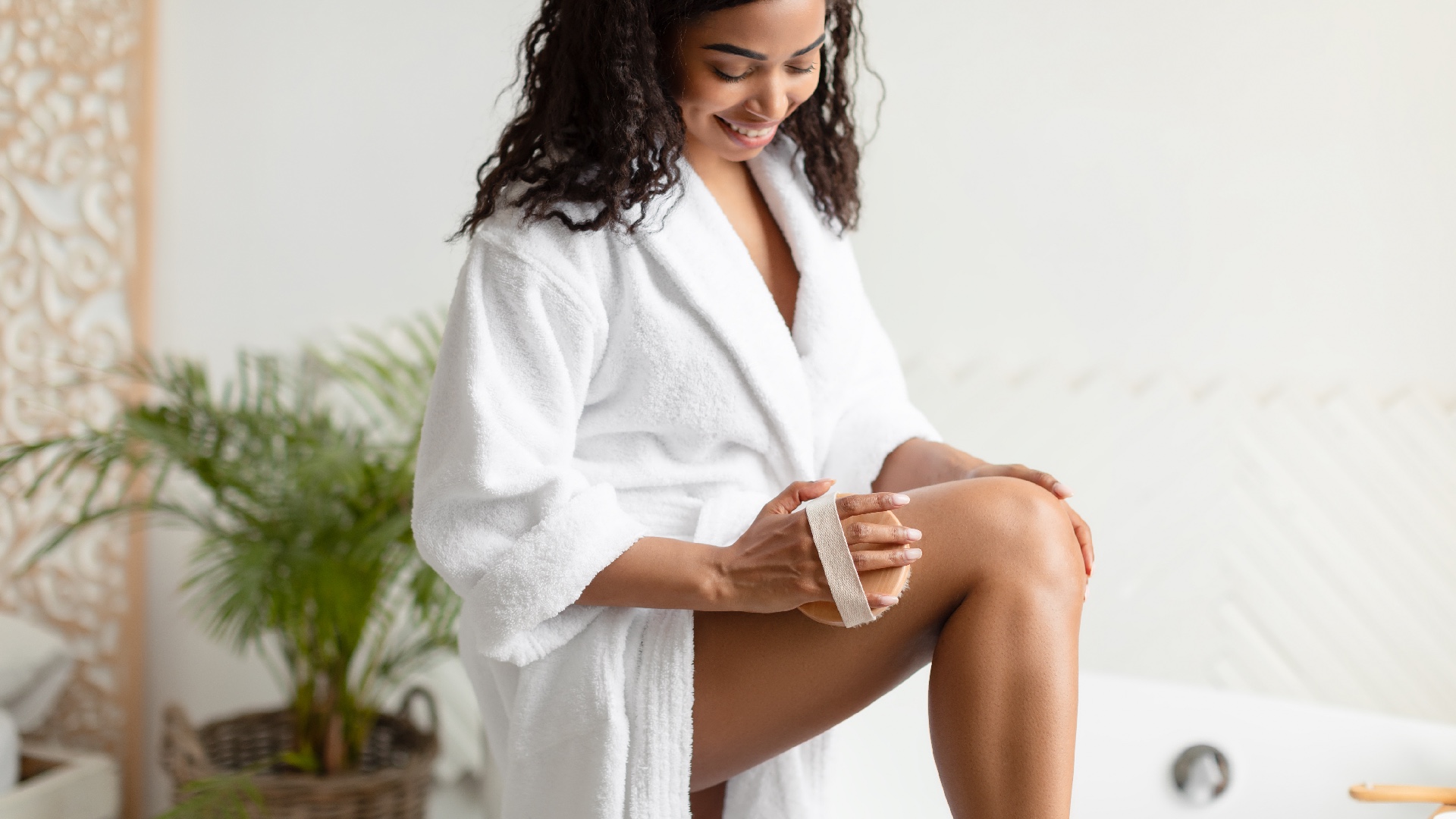
“Always start at your feet and brush upwards with slow, clockwise strokes towards the heart using firm, but not uncomfortable, pressure. For the legs, work from the front and back of your right foot towards your thigh and then your bottom. For the arms, begin with your right hand and move onto your forearm to reach your upper arm. Massage your stomach by starting on the bottom right side and working clockwise and upwards towards your ribs,” says Sturm.
Pay special attention to rough areas, such as the elbows and knees. After brushing and showering, Joss recommends, "gently pat the skin dry with a towel and massage your best body moisturizer or oil into the skin,” says Joss. The result? Smooth skin that feels refreshed and looks brighter.
How does dry brushing differ from other exfoliation?
Nowadays, there are several options when it comes to body exfoliation. Chemical exfoliators are increasingly popular for the body, with many of us weighing up an AHA vs BHA, both of which are found in exfoliating body washes and creams.
In terms of manual exfoliators, wet brushing is a technique that can be performed with a sponge or loofah in the shower or bath. “Wet brushing and dry brushing have similar exfoliation benefits,” says Sturm, “but dry brushing provides a deeper treatment to boost your circulation and lymphatic system (a network of tissues and organs that help remove toxins from the body) and discourage fluid retention.”
Our favorite dry body brushes to try now
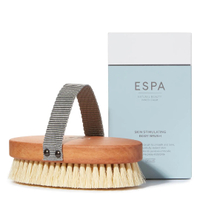
ESPA Skin Stimulating Body Brush | RRP: $33/£21
Improve tone and boost cell renewal with this soft body brush, made with natural bristles from Mexican cactus plants. Use it twice weekly for the best results, simply slip your hand beneath the strap and move the brush in slow, upwards motions.
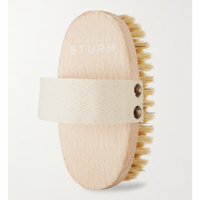
Dr. Barbara Sturm Body Brush Soft | RRP: $32/£30
Ideal for sensitive skin and anyone new to dry brushing, Dr Barbara Sturm’s Body Brush Soft is gentle and delicate on the skin with soft natural bristles that can be used to boost blood flow and tighten skin.
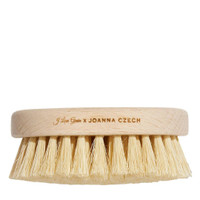
Joanna Czech Dry Massage Body Brush | RRP: $39/£37
Made in collaboration with I Love Grain, Joanna Czech’s round Dry Body Brush is crafted from super soft, vegetable-derived Tampico bristles that gently slough away dulling dead skin cells to reveal brighter, smoother skin.
Emma Stoddart is a freelance beauty journalist and self-confessed skincare aficionado with over five years’ industry experience. Emma has worked for some of the UK’s top women’s titles including Net-A-Porter, Stylist and Grazia. Her experience spans online and print as well as producing editorial shoots with some of the industry’s biggest artists, including Val Garland. Asides from working with them behind the scenes, she’s also had the chance to interview the likes of Patrick Ta, Pat McGrath, and Sam McKnight for all their insider tips and tricks.
